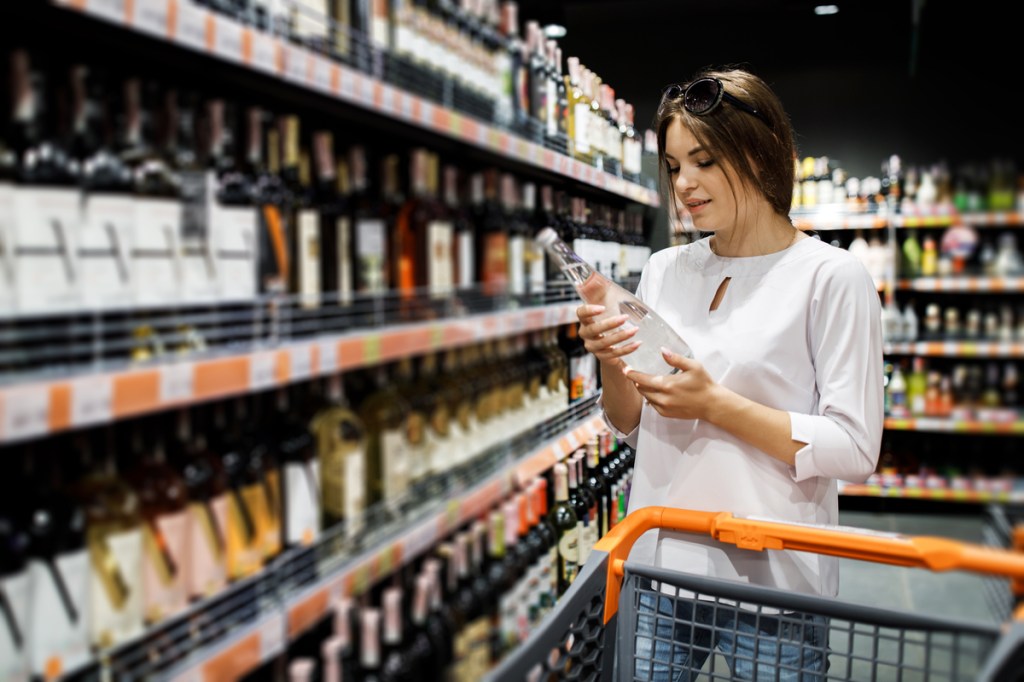Call out environmental actions on-pack
Consumers care about the planet, and they want to know what companies are doing to become more sustainable. At least 81% of global consumers consider it important that companies implement programs to protect the environment.
Recent corporate sustainability initiatives in CPG have included embracing renewable energy, decreasing carbon footprints, and ocean and forest preservation efforts. PepsiCo plans to achieve 100% renewable electricity in its operations by 2030, and expand that goal to its franchise and third-party operations by 2040.
McDonald’s has pledged to achieve net zero emissions by 2050, and introduced a new net zero restaurant concept that is self-sustainable and powered by renewable energy. Unilever is working toward 100% of its plastic packaging being fully reusable, recyclable, or compostable by 2025, and making more of its packaging from already recycled materials.
For product categories that are primarily packaged in recyclable materials, like alcohol’s glass bottles and aluminum cans, consumers will naturally look to brands for sustainability information or recycling instructions.
Many alcohol brands are already taking part in important initiatives like water conservation, upcycling ingredients, and regenerative farming. There are several placement options for communicating these sustainable actions, as well as recycling instructions, on alcohol packaging to encourage consumer participation, and people respond well to seeing them.
The universal recycling symbol is important to include, but there are other tactics that can make a difference. Brands can state that packaging is made from recycled materials or dedicate space on-pack to explain the impact of the brand’s sustainability efforts.
Ethical alcohol brands drive engagement
Alcohol customers are looking for more transparency from the brands they buy and significant commitments to the environment. It benefits manufacturers to meet consumer needs and expectations, because 72% of global consumers say they would pay more for products with sustainable attributes or features.
Some of the most sustainable types of packaging used for alcohol are glass, recycled plastic, cardboard TetraPak, and refillable growlers. TetraPak containers are especially popular for drinks like boxed wine because they’re used as an alternative to glass, which requires a lot of fuel and packaging for production and transport.
There are many sustainable innovations on the horizon in alcohol packaging, as consumers continue to signal interest in products that come with claims like “biodegradable” or “refillable.” Most brands have started by eliminating plastic rings for six-packs of drinks and instead using cardboard separators.
Bacardi plans to introduce a 100% biodegradable bottle by 2023 that can biodegrade within 18 months. It hopes the launch will replace 80 million plastic bottles annually, which is 3,000 tons of plastic. The brand is also creating a sustainably sourced paper bottle, and has a goal of being 100% plastic-free by 2030.
Carlsberg is working on a bio-based and recyclable “green fiber bottle” made mostly of paper. It has a wood fiber outer shell and a plant-based PEF polymer inner lining. This summer it will trial the bottles in western Europe.
British brand Garçon Wines makes its bottles with recycled PET and designed them to lie flat. The shape is lighter and allows for more bottles to be packed and shipped at once, compared to traditionally round wine bottles.
ABInBev, Molson Coors, and Diageo all have ambitious sustainability goals for the next 5-10 years, like reducing packaging weight, using less water in manufacturing, and lowering carbon emissions. Of the 20 largest alcoholic beverage manufacturers, 18 say “sustainable efforts” are a key focus area for their organizations.
Take the next step with BASES
It’s important that brands operate more sustainably to benefit the planet, but small “green” changes can also drive purchases with the right execution. NielsenIQ’s BASES tools helps develop winning innovation strategies for brands based on understanding unmet consumer needs and potential future trends.
Determine what sustainability benefits fit best with your brand and matter most to your customers, or if your messaging is driving engagement. Explore our new BASES BevAl Sustainability visual report to learn how you can make sustainable changes to your alcohol brand.




